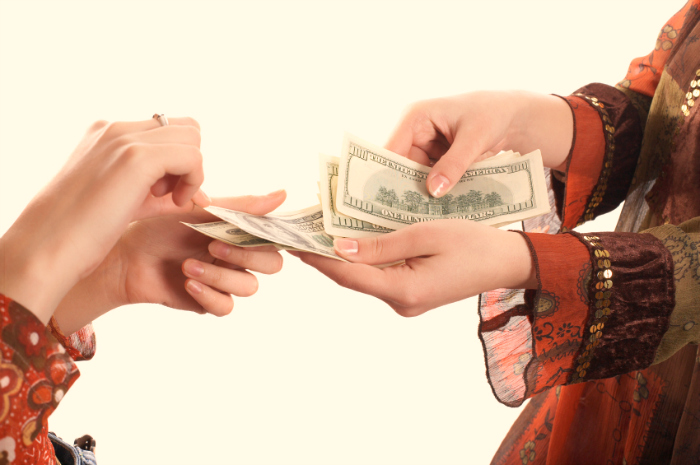Kerby Anderson
When the U.S. debt officially reached $20 trillion, some listeners asked who owns this debt. In the past, we were assured that the national debt wasn’t a big deal since “we owe it to ourselves.” I didn’t think that comment was very reassuring then. It simply isn’t true now.
The U.S. borrows heavily from foreign countries, especially the Chinese. And this creates the first problem: foreign influence. One former member of Congress put it this way, “whoever pays the piper gets to call the tune. Foreign leaders aren’t inclined to whistle ‘Yankee Doodle!’”
Another problem is that these countries are not an infinite source of credit. They have their own economies to deal with and will probably want to put their investments closer to home, especially as they look at the current congressional spending spree.
Are we approaching a time when America’s excessive borrowing makes us a bad credit risk? Sometimes the U.S. looks like some of its citizens who have maxed out their credit cards and have nowhere else to turn.
The amount some of these countries hold in American debt is staggering. The U.S. government owes China about $1.1 trillion. Saudi Arabia probably has about $700 billion in assets. A number of years ago they threatened to sell that much off when Barack Obama was president.
These countries that have been lending America money may not wish to invest any more in America and might even decide to withdraw their current investments. In previous commentaries, I warned about the possibility that these foreign investors may simply decide to cash in their Treasury bills and invest them closer to home. If our creditors cut us off, our Treasury securities could reach junk bond status.
The lesson here is simple. Before you spend the money, you need to know where it will be coming from.
 Listen Online
Listen Online Watch Online
Watch Online Find a Station in Your Area
Find a Station in Your Area









 Listen Now
Listen Now Watch Online
Watch Online
